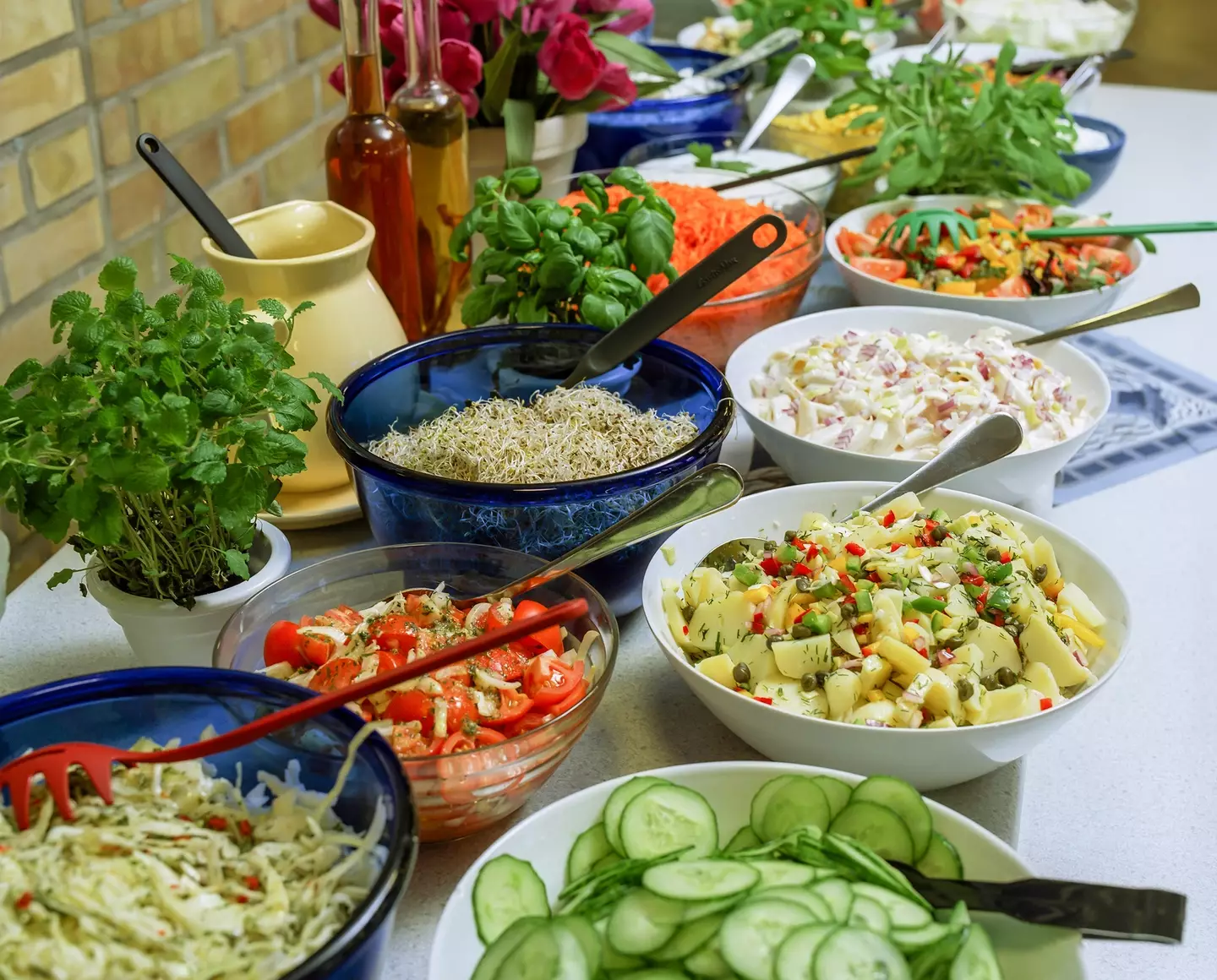
You haven’t just imagined it; food poisoning is more common in the summer months.
There are a few reasons behind this, but ultimately it boils down to bacteria thriving in warm conditions, the likelihood of eating meals being prepped or dished up outside, and the fact some of us might skip out on hygiene practices while we’re out enjoying the rays.
Around 2.4 million people get food poisoning in the UK each year, and by and large it’s because of salmonella, E. coli or listeria. Symptoms generally involve stomach cramps, diarrhoea, nausea and vomiting, and hot weather can make matters worse by compounding the dehydration.

Advert
If you get food poisoning, be sure to keep yourself topped up with fluids and electrolytes. You should recover at home within a few days, but if symptoms get more severe or persist for longer then you should get checked by a doctor.
The most at-risk people for severe food poisoning are the elderly, young children, pregnant women, and the immunocompromised – if you fall into any of these groups, you should take extra care not to pick up any of those nasty little bugs.
A microbiologist writing in The Independent, Primrose Freestone, has shared the red flags she looks out for whilst keeping herself food poisoning-free, and they’re easy enough to pick up.
Eating al fresco
For one, she isn’t much for outdoor eating.
Advert
“I rarely eat alfresco – whether picnics or barbecues – as the risk of food poisoning goes up when food is taken outdoors,” she explained.
Regular hand washing, as you’re already aware, is also vitally important. That doesn’t stop being the case when you’re at the beach and the nearest bathroom is a five-minute walk away, so don’t skip the hygiene!
“Keeping your hands clean when handling food is key to not getting sick, but how often do you find hot running water and soap in a park or on a beach?” asked Freestone. “You can use alcohol hand gels (they’re better than nothing), but they don’t kill all germs.”
Watching out for bugs is generally worthy advice too, as Freestone noted that ‘food tends to attract an array of flying and crawling critters, such as flies, wasps and ants, all of which can transfer germs, including E. coli, salmonella and listeria, to your food’.
Buffets
Having food out on display on a picnic table or at a buffet is also a red flag for food poisoning-conscious Freestone. She noted that bacteria can double their numbers when food gets up to room temperature and above for more than a couple of hours, and having food exposed to open air and people is a recipe for bacterial contamination.
Advert
“Contamination comes from buffet visitors touching food, and germs can be sprayed on to buffets from people sneezing or coughing close to the food,” she said.
“Even indoors, one must consider contamination by insects, such as flies or wasps, settling on the uncovered food. Also, germs may be deposited from the air, which is rich in bacteria, fungi and viruses.”
She added: “I always look at the clock when I’m at a buffet as there is a two-hour catering rule: perishable food will become unsafe to eat within two hours if not kept covered and refrigerated.
“The problem is buffets tend to be laid out before you arrive, so it is difficult to tell if the platters of cooked meat, seafood, salads, desserts and appetisingly arranged fruit and vegetables will have been sitting for more than two hours when you come to eat them.”
Advert

Shellfish
Finally, Freestone added that shellfish is a big no-no as far as she’s concerned, particularly when it comes to oysters.
“This is because oysters are filter feeders and can concentrate germs, such as Vibrio and norovirus, in their tissue,” she explained.
Advert
“A Vibrio-contaminated oyster does not look, smell, or taste different, but can still make you very ill. The US Centers for Disease Control and Prevention estimates that about 80,000 people get Vibrio infections from raw oysters, and in the US alone 100 people die from vibriosis each year.”
